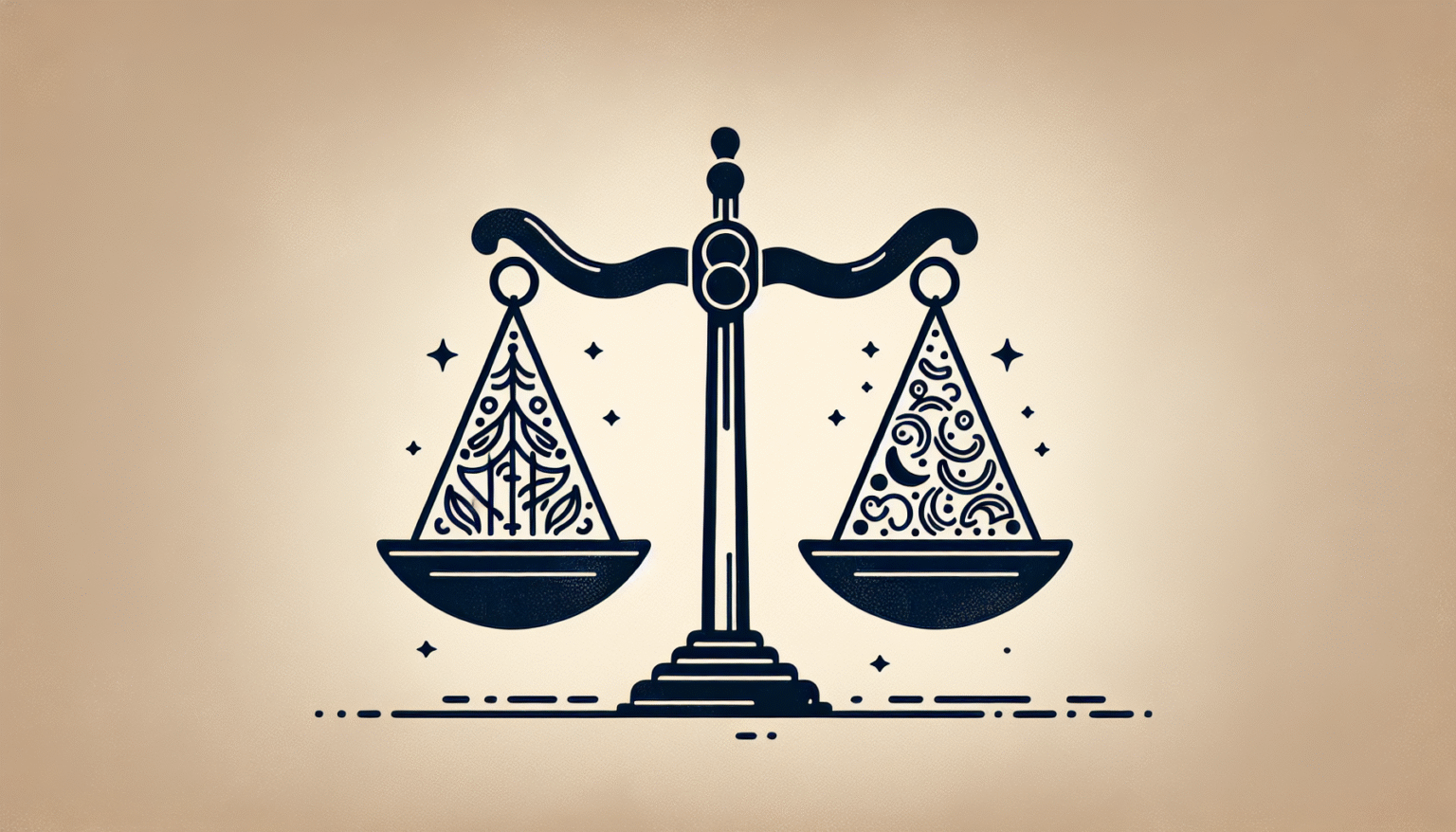The Relationship Between Political Events and Public Opinion
Understanding Political Events
Political events encompass a wide range of occurrences, from elections and policy changes to scandals and international incidents. They can be spontaneous, such as protests, or planned, like legislative sessions. How these events are orchestrated, perceived, and reported plays a critical role in shaping public opinion.
The Dynamics of Public Opinion
Public opinion refers to the collective attitudes and beliefs of individuals regarding specific issues, leaders, and political events. It is shaped by various factors, including media influence, political socialization, and personal experiences. Understanding public opinion is crucial for policymakers, as it can drive electoral outcomes and inform governance decisions.
Historical Perspectives
Historically, political events have profoundly influenced public opinion. The Vietnam War, for example, incrementally shifted public sentiment against the government, exposing the power of dissent and media coverage. Similarly, the Watergate scandal changed how citizens perceived politics, leading to a long-standing distrust in government institutions.
Media’s Role in Shaping Public Opinion
The media serve as the primary conduit through which political events are communicated to the public. The framing of political stories—how events are presented and contextualized—can shift public perception dramatically. For instance, during the COVID-19 pandemic, different media outlets emphasized various aspects of government responses, leading to polarized public views on the effectiveness of measures like lockdowns and vaccinations.
-
Agenda-Setting: The media can shape which issues garner public attention. By prioritizing certain political events over others, the media can influence the public’s perception of what matters most.
-
Framing: The way information is presented impacts how it is interpreted. For example, framing climate change as a scientific crisis versus a political debate can lead to vastly different public responses and interpretations.
-
Spiral of Silence: In environments where certain attitudes dominate, individuals may feel pressured to conform, leading to a lack of expression for minority opinions. This can create a false consensus and affect polling data.
Political Polarization and Its Effects
In contemporary politics, polarization has become increasingly pronounced. Political events often evoke stronger reactions from individuals based on their ideological alignments. The rise of social media has exacerbated polarization, providing echo chambers where like-minded individuals reinforce each other’s views.
-
Partisan Media Influence: The proliferation of partisan news sources has created an environment where individuals select media that align with their beliefs. This can heighten emotional responses to political events and lead to more extreme opinions.
-
Influence of Social Media: Platforms like Twitter and Facebook serve as both news sources and forums for public discourse. Political events can quickly gain traction on these platforms, amplifying reactions that may not represent the broader population.
Measurement of Public Opinion
Polls and surveys are pivotal in gauging public opinion. They capture sentiments before and after significant political events, offering insights into how specific events influence public attitudes. One challenge in accurately measuring public opinion is the timing of polls; opinions can fluctuate based on new information or shifts in political narratives.
-
Tracking Polls: These polls assess public sentiment consistently over time to identify trends and shifts following political events.
-
Exit Polls: Conducted on election days, these polls analyze voter behavior and reasons behind candidate choices, reflecting immediate public opinion changes in response to the election dynamics.
-
Focus Groups: Smaller, qualitative studies provide in-depth insights into public opinions, revealing the nuances behind consensus or dissent regarding political events.
Political Events that Shift Public Opinion
Certain political events have had profound effects on public opinion. The aftermath of terrorist attacks, for example, can unify or divide the public depending on leadership responses and media portrayal.
-
The 9/11 Attacks: Initially, these attacks fostered a surge of patriotism and support for government actions. Over time, however, public opinion shifted as military engagements in Iraq and Afghanistan drew criticism.
-
The Black Lives Matter Movement: Triggered by instances of police violence, this movement has influenced public opinion on issues of race, justice, and law enforcement. Polls indicate a growing awareness and acknowledgment of systemic racism among diverse demographic groups, fueled by political events and widespread media coverage.
Policy Changes and Public Reaction
Political events like the implementation of new policies can elicit varying public responses based on clarity of communication, perceived efficacy, and media framing. In many instances, public support can diminish if policies are poorly executed or fail to deliver promised outcomes.
-
Health Care Reforms: The Affordable Care Act (ACA) became a flashpoint in American politics. Initial support waned as subsequent elections questioned its effectiveness, illustrating how policy implementation and political events can influence ongoing public opinion.
-
Economic Policy Responses: Economic events, such as recessions or booms influenced by government policies, directly correlate with public sentiment about political leaders and parties. For example, economic recovery efforts following the 2008 financial crisis were met with mixed reactions—support for some policies but backlash against perceived government overreach.
Social Movements and Public Sentiment
Social movements have historically shaped public opinion surrounding political events. Movements often arise in response to government actions or inactions, pushing issues to the forefront of public discourse.
-
Women’s Rights Movement: The fight for gender equality has seen major milestones, such as the #MeToo movement, which galvanized significant shifts in public opinion regarding sexual harassment and workplace equality.
-
Environmental Movements: Climate change activism has influenced public consciousness and opinion about environmental policies, leading to calls for systemic change in how governments address ecological issues.
Conclusion
The interplay between political events and public opinion is complex and multifaceted. Public opinion does not exist in a vacuum; it reacts dynamically to political realities, media representation, social narratives, and historical context. Understanding this relationship is vital for analyzing contemporary political landscapes and anticipating future trends. As political events continue to unfold, their impact on public opinion will remain an essential area of study in the fields of political science, sociology, and communication.






